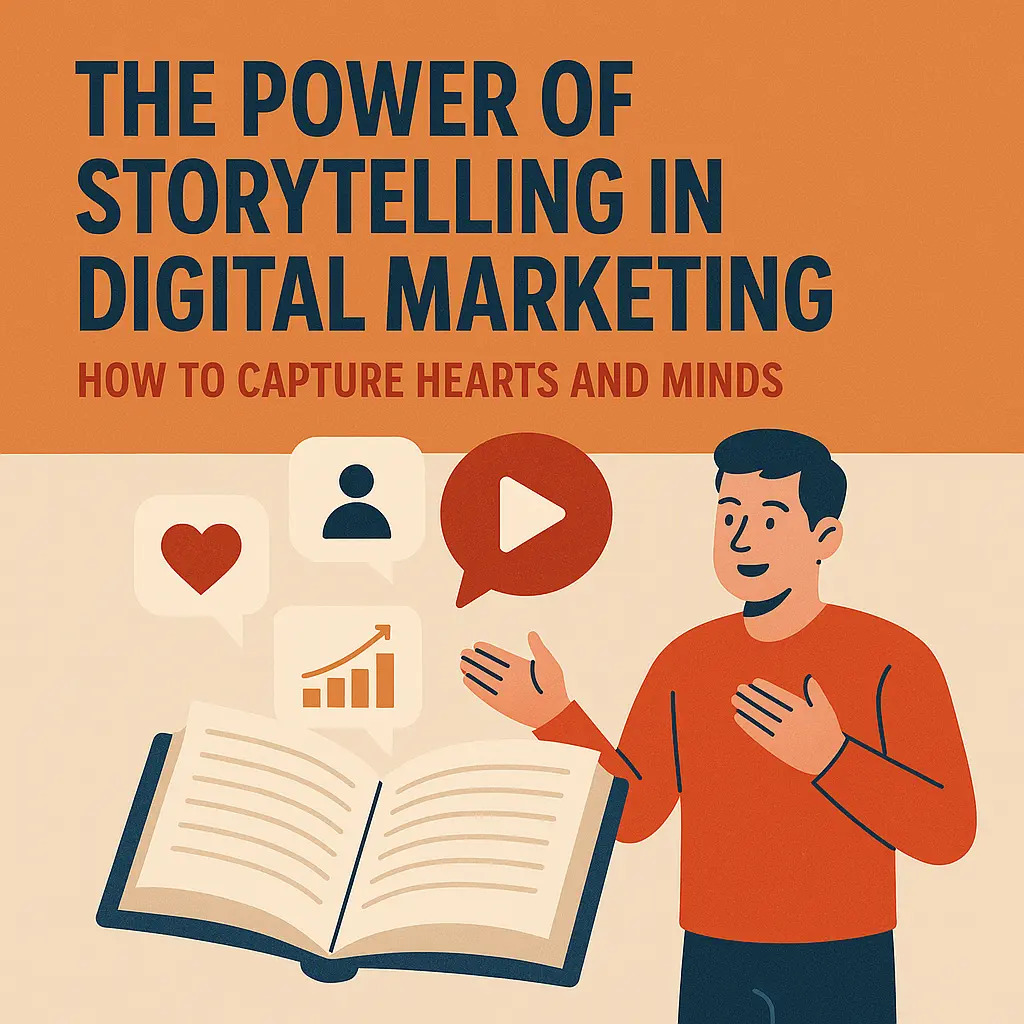Introduction
In the digital age, where attention spans are shorter than ever, capturing and retaining your audience’s interest is a challenge. One powerful strategy that has stood the test of time is storytelling. Whether you’re a student or a seasoned marketer, understanding how to weave compelling narratives into your digital marketing efforts can make all the difference.
Why Storytelling Matters in Digital Marketing
Storytelling is not just about sharing a sequence of events; it’s about creating an emotional connection with your audience. Here’s why it’s so effective:
– Emotional Engagement: Stories evoke emotions, making your brand more relatable and memorable.
– Building Trust: Authentic stories can build trust and credibility, which are crucial for long-term customer relationships.
– Differentiation: In a crowded market, storytelling can set your brand apart from competitors.
– Content Retention: People are more likely to remember stories than dry facts and figures.
Key Elements of a Compelling Story
1. The Hero
Every story needs a hero, and in digital marketing, that hero is often your customer. Frame your narrative around their journey, challenges, and triumphs.
2. The Challenge
What problem does your hero face? This is where you introduce the pain points your product or service addresses.
3. The Guide
This is where your brand steps in. You are the guide who provides the tools or solutions to help the hero overcome their challenges.
4. The Transformation
Showcase the transformation that occurs when the hero uses your product or service. Highlight the positive outcomes and the new possibilities that arise.
5. The Call to Action
End your story with a clear call to action, inviting your audience to take the next step, whether it’s signing up for a newsletter, making a purchase, or trying a free trial.
Practical Tips for Implementing Storytelling in Digital Marketing
1. Know Your Audience
Understand your target audience’s needs, desires, and pain points. Tailor your stories to resonate with their experiences.
2. Be Authentic
Authenticity is key. Share real stories, testimonials, and case studies to build trust and credibility.
3. Use Visuals
Visual storytelling is incredibly powerful. Use images, videos, and infographics to bring your stories to life.
4. Leverage Social Proof
Incorporate customer reviews, testimonials, and user-generated content to reinforce your narrative.
5. Keep It Simple
Avoid jargon and complex language. Keep your stories simple and easy to understand.
6. Be Consistent
Consistency is crucial. Ensure your storytelling aligns with your brand’s voice and values across all channels.
Examples of Successful Storytelling in Digital Marketing
1. Nike
Nike’s “Just Do It” campaign is a classic example of storytelling. They position their customers as heroes, facing challenges and overcoming them with the help of Nike’s products.
2. Airbnb
Airbnb uses storytelling to highlight unique travel experiences. Their “Live There” campaign focuses on the stories of hosts and guests, creating an emotional connection with potential users.
3. Apple
Apple’s storytelling often centers around the user experience. They highlight how their products enhance people’s lives, making their customers the heroes of their narratives.
Conclusion
Storytelling is a powerful tool in digital marketing that can help you connect with your audience on a deeper level. By understanding the key elements of a compelling story and implementing practical tips, you can create narratives that capture hearts and minds. As a digital marketing student, mastering the art of storytelling will give you a significant advantage in this competitive field. So, start weaving your stories and watch your digital marketing efforts come to life!

